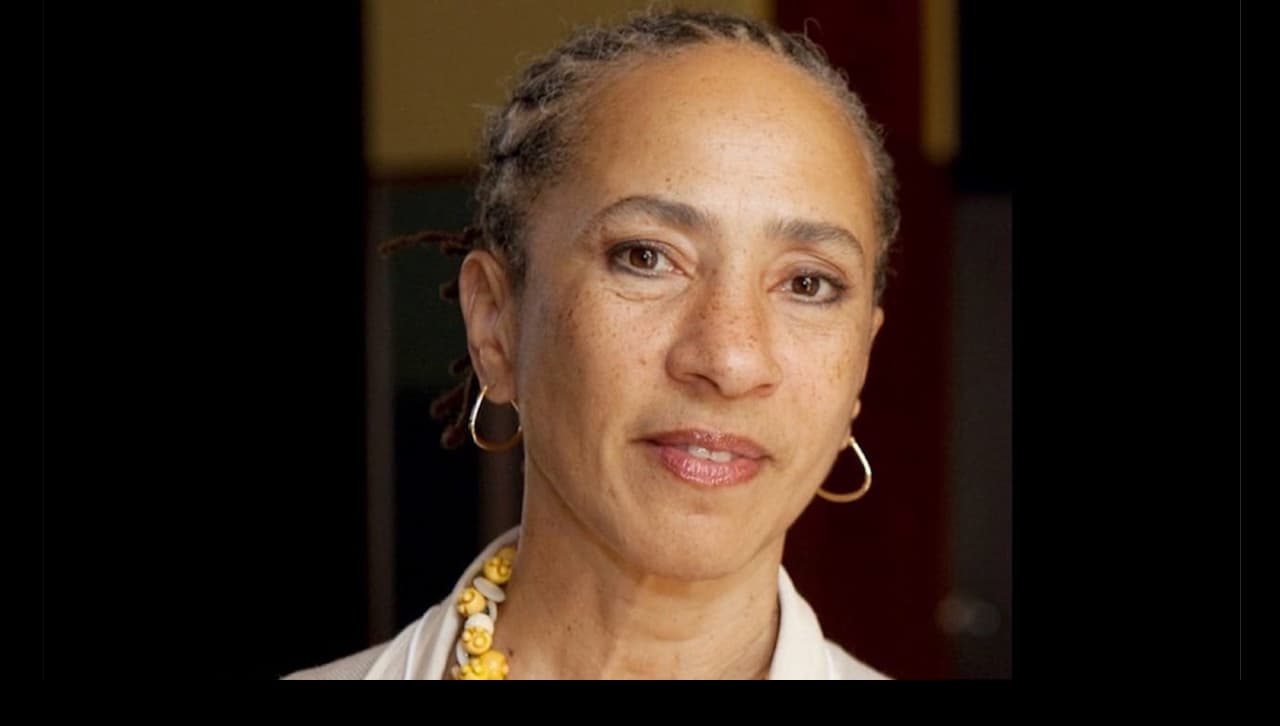2018 Distingushed Author, Lorene Cary,Inspires Scranton Resident

For Sandra Burgette Miller, an amazing journey began with a question, “Why are we settling in Scranton?”
That question, put years ago to her father, an ex-Air Force officer beginning civilian life again, prompted a simple answer: “That’s my home. That’s where I was raised.” However, it set off a chain of events that would lead to extensive research into her family history, to discovering imaginative skills she didn’t know she had, and to a dramatic re-creation, in prose narrative, in poems, and in artful photographs, of the world of her great great grandfather, a slave daring to escape to freedom through the underground railroad. And the journey continues: Sandra is now looking forward to meeting celebrated writer/ activist Lorene Cary, who will receive the Distinguished Author Award at The University of Scranton on Oct. 13, 2018. Remarkably, Miller’s not yet published work seems to echo and extend Cary’s true-life stories in Free! Great Escapes from Slavery on the Underground Railroad, published in 2011.
After talking to older relatives and consulting old records, Sandra discovered that Thomas Sumner had been a slave in the Hagerstown, Maryland area, but when he saw a chance to escape in 1844, he took it, despite the risks. On a railroad car going north, he changed his last name to Burgette, the name of a town he had passed, to make himself harder to track for any slave hunters who might be pursuing him. Finally, he began his new free life in Waverly, Pennsylvania. He worked hard as a field laborer, in order to get the right to own the land he
Question: “What was Mr. Johnson doing?” Answer: “Why sir, he was dodging them.”
Sadly, Thomas Burgette died before he owned his land outright, but his son, Benjamin, took over for him and did become the landowner. Benjamin also emulated his father in the size of his family: once again, 12 children! From that promising time right up to the present, the Burgette family has continued to expand and to make their mark in the world.
What Sandra discovered about her ancestors affected her deeply, and in some surprising ways. She began to dream about the slaves and the ex-slaves, and when she woke up, it seemed to her that there were voices whispering in her ears, telling her to write their stories. When she did, poems emerged on the paper, even though she had never liked poetry or read much of it before.
Indeed, her mind seemed to be exploding in this sudden, creative period. She wanted to make the emotions and experiences in the poems visible to everyone, and so, without any previous training, she turned to photography, persuading her children and other relatives to put on hand-made costumes and pose in carefully arranged settings, so that the pictures she herself took would bring to life the images that had begun in her imagination. And now those photographs, whether we see them in the manuscript containing the prose narrative and the poems, or in a series of large posters, do convey what Sandra Burgette Miller imagined, what she felt. They make us feel the desperate determination of a slave on the run, or the innocent charm of a beautiful child.
How to explain the phenomenal, multi-dimensional work Sandra has produced? She says she was a rather lonely child, especially in the years her father was based in England, where the “color barrier” tended to separate her from other children. That’s when her imagination first began to flourish; when it was raining, as it often was there, it
It seems clear that she is a naturally gifted, creative person, but those gifts might have remained underappreciated. After all, she has had a busy life outside of “the arts.” After graduation from Scranton Tech High School in 1980, she went on to training at The Baltimore Studio of Hair Design, and a professional career she maintains to this day. She also married and raised 10 children, (7 biological, 1 adopted, 2 by legal guardianship). She and we must be grateful then that the discovery of her family history triggered her imaginative powers and revealed her talents.
Although she would like to make the unique family history she has created available to a wider audience, Sandra says she’s not sure she will write any more poems or books. Perhaps the opportunity to talk with Lorene Cary, whose works include The Price of a Child (1995), the story of a woman’s extended journey from slavery, will provide a fresh spark to Sandra’s imagination.
The Royden B. Davis Distinguished Author Award will be presented to Lorene Carey by the Friends of the Weinberg Memorial Library on Saturday, Oct. 13, at 5 p.m. in the DeNaples Center. The public may attend a book signing by the author from 4-5 p.m. in the DeNaples Center. Her works, available at the University of Scranton Bookstore and at the event, are known for their thoughtful and intelligent examination of the African-American experience.
For information about the author, go






